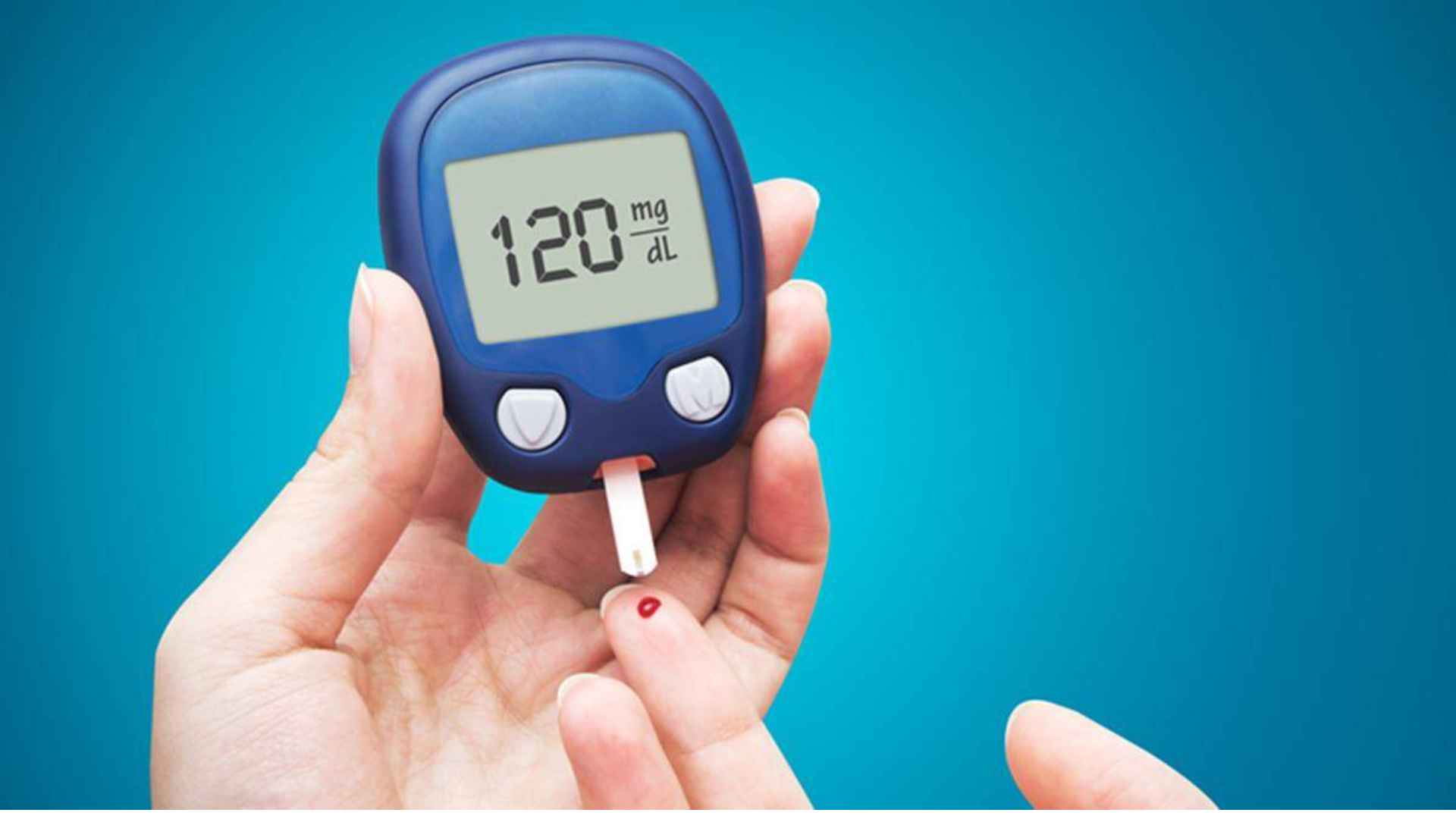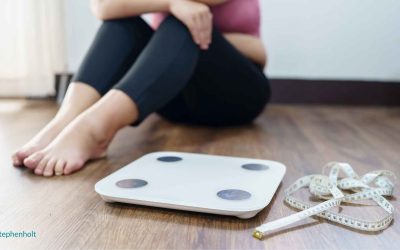Insulin resistance (same as lowered insulin sensitivity) is a common and potentially dangerous issue for women over 50.
In short, insulin resistance means your body’s cells stop responding well to insulin, the main hormone that keeps blood sugar levels in check.
And unchecked blood sugar levels increase your risk of type 2 diabetes and heart disease.
Common signs of insulin resistance include:
- Increased abdominal fat
- Difficulty losing weight
- Sugar cravings
- Fatigue, especially after eating carbs
Fortunately, there are simple steps to help you improve your insulin sensitivity:
(Standard CYA Disclaimer: Of course you should speak with your doctor first.)
Lifting weights and rebuilding lost muscle is one of the best things you can do to combat insulin resistance because muscle helps move blood sugar out of your blood.
Regain lost muscle by lifting challenging weights at least twice a week.
Balanced Nutrition
- Include protein in every meal to support muscle health and mitigate blood sugar spikes
- Reduce refined carbs and sugars
- Eat more fiber-rich foods and healthy fats (e.g., avocados, nuts)
Moderate Cardio
High Intensity Interval Training (HIIT) is a proven option for increasing insulin sensitivity, but I’m guessing – no offense – you’re not at that level of conditioning (yet).
Fortunately, about 30 minutes of walking most days of the week is also effective – especially right after a meal.
Manage Stress
Deep breathing, meditation, or relaxing hobbies (like gardening) can help you reduce cortisol, a hormone that can worsen insulin resistance.
I use the Brain.fm app (even as I type this) for sleep, relaxation, meditation, and creativity. You should also take a look at the popular Calm app.
Prioritize Sleep
Aim for 7-8 hours of quality sleep in a cool, dark room with no screens at least an hour before bed time.
Again, if you’ve been officially diagnosed with insulin resistance, follow your doctor’s orders.
If you’re simply trying to optimize your insulin sensitivity (a worthy goal itself), start by addressing ONE of these areas first.




